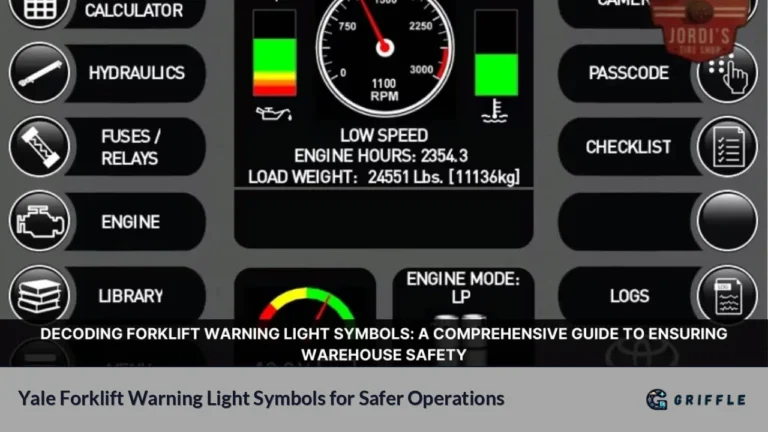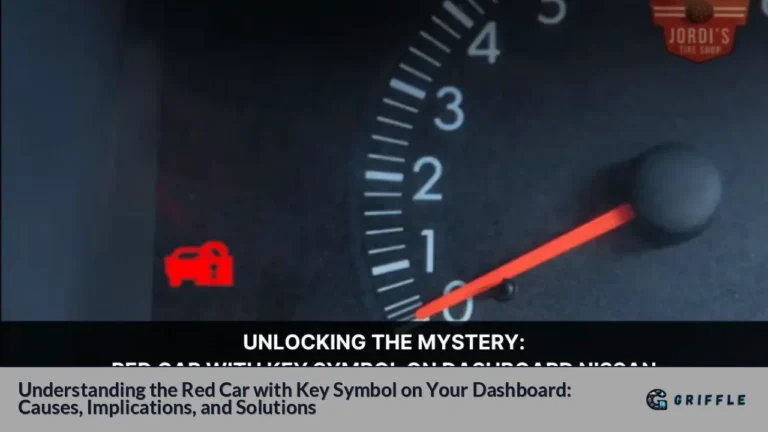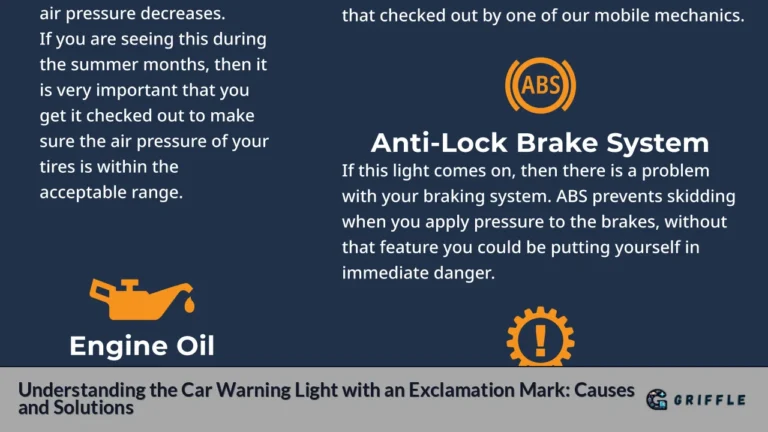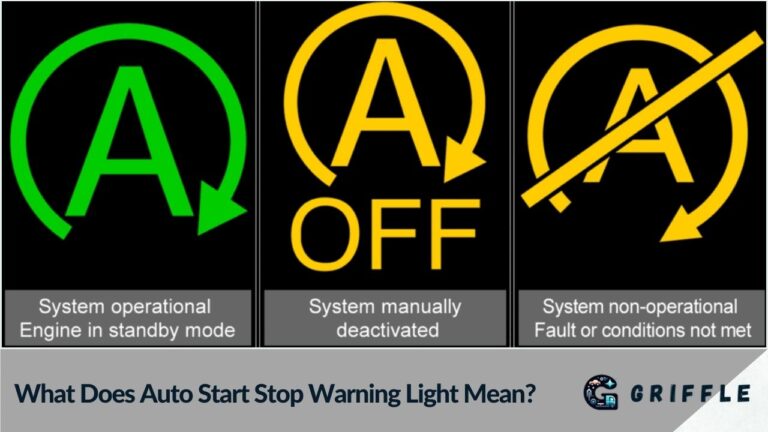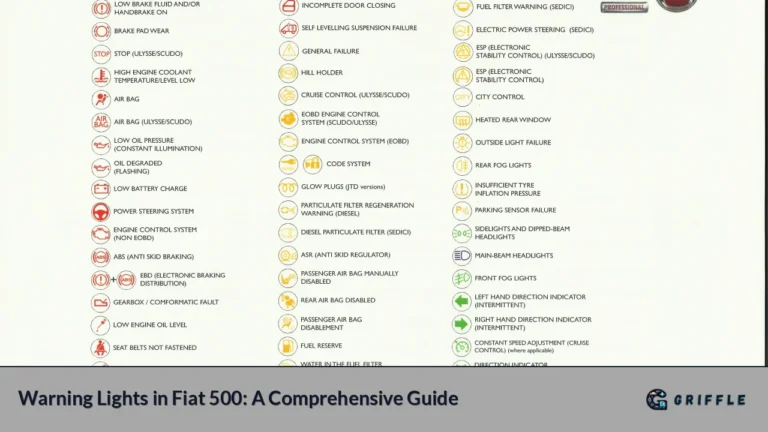Driving an International truck comes with its own set of challenges, and one of the most critical aspects for any driver is understanding the dashboard symbols. These symbols serve as vital indicators of the vehicle's operational status and can alert drivers to potential issues that may require immediate attention. However, many drivers often overlook these warnings, leading to serious mechanical failures or unsafe driving conditions. This article aims to provide a thorough understanding of common International truck dashboard symbols and their meanings, focusing on how to interpret these signals effectively to enhance safety and vehicle performance.
The importance of recognizing and responding to dashboard symbols cannot be overstated. A survey revealed that around 30% of drivers admit to ignoring dashboard warning lights, and less than half fully understand their meanings. This lack of awareness can lead to dire consequences on the road, making it essential for drivers to familiarize themselves with these indicators.
Understanding Symbol Colors
Before diving into specific symbols, it is crucial to understand the color coding used in dashboard indicators:
- Red: Indicates a critical issue requiring immediate attention (e.g., brake failure).
- Yellow/Amber: Signals a cautionary issue that needs monitoring but is not immediately dangerous (e.g., low fuel).
- Green/Blue: Represents systems that are functioning correctly or informational alerts (e.g., turn signals).
Table of Common Dashboard Symbols
| Symbol | Description | Color |
|---|---|---|
| Brake Warning Light | Indicates a malfunction in the braking system | Red |
| Check Engine Light | Alerts to engine-related issues | Yellow |
| Battery Warning Light | Signals problems with the charging system | Yellow |
| Coolant Temperature Warning | Indicates overheating or low coolant levels | Red |
| Low Fuel Indicator | Notifies that fuel levels are low | Yellow |
| ABS Warning Light | Indicates an issue with the anti-lock braking system | Yellow |
Common International Truck Dashboard Symbols
1. Brake Warning Light
The brake warning light is one of the most critical indicators on an International truck's dashboard. It typically appears as an exclamation mark inside a circle or as the letters "ABS." When illuminated, this symbol indicates that there may be a malfunction in the braking system. Ignoring this warning can lead to brake failure, posing significant risks to both the driver and other road users.
2. Check Engine Light
The check engine light is another crucial symbol that every driver should understand. It usually appears as an engine icon and indicates that there is a problem with the engine or its related systems. This could range from minor issues such as a loose gas cap to more serious problems like engine overheating or failure. It is advisable to have the vehicle inspected by a professional mechanic as soon as possible if this light comes on.
3. Battery Warning Light
The battery warning light resembles a rectangular box with arrows pointing inward. When this light illuminates, it indicates that there may be an issue with the truck's charging system. Drivers should take this warning seriously, as failing to address battery problems can lead to complete electrical failure.
4. Coolant Temperature Warning
This symbol typically appears as a thermometer submerged in liquid and signals that the engine is overheating or that coolant levels are low. If this light comes on, it’s crucial to pull over safely and allow the engine to cool down before checking coolant levels.
5. Low Fuel Indicator
The low fuel indicator is represented by a gas pump icon and warns drivers when fuel levels are running low. It's essential not to ignore this symbol, especially when driving in remote areas where refueling options may be limited.
6. ABS Warning Light
The ABS (Anti-lock Braking System) warning light indicates potential issues with the truck's braking system. If this light comes on while driving, it suggests that the anti-lock braking feature may not be functioning properly, which could impair braking performance.
7. Tire Pressure Monitoring System (TPMS) Light
This symbol typically looks like an exclamation point within a horseshoe shape and alerts drivers when tire pressure is low. Proper tire pressure is vital for safe driving; thus, it’s important to check tire inflation immediately if this light activates.
How to Respond to Dashboard Symbols
Understanding these symbols is only part of the equation; knowing how to respond when they illuminate is equally important:
- Immediate Action: For red symbols like the brake warning light or coolant temperature warning, pull over safely and address the issue immediately.
- Monitor Cautionary Lights: For yellow symbols such as the check engine light or ABS warning, schedule maintenance at your earliest convenience.
- Consult Your Manual: Always refer to your vehicle's owner manual for specific meanings related to your truck model.
Conclusion
Being aware of dashboard symbols and their meanings is essential for any International truck driver. These indicators provide crucial information about vehicle health and safety, allowing drivers to make informed decisions while on the road. By understanding what each symbol represents and knowing how to respond appropriately, drivers can avoid costly repairs and ensure their safety as well as that of others on the road.
Familiarizing oneself with these dashboard symbols not only enhances driving safety but also contributes significantly to maintaining vehicle performance over time.
FAQs
- What does a red warning light mean?
A red warning light indicates a critical issue requiring immediate attention. - How should I respond if my check engine light comes on?
If your check engine light activates, have your vehicle inspected by a professional mechanic as soon as possible. - What does the ABS warning light signify?
The ABS warning light indicates potential issues with your truck's anti-lock braking system. - What should I do if my coolant temperature warning light illuminates?
Pull over safely and allow your engine to cool down before checking coolant levels. - Is it safe to drive with a yellow warning light on?
While yellow lights indicate cautionary issues, they should not be ignored; schedule maintenance at your earliest convenience.

